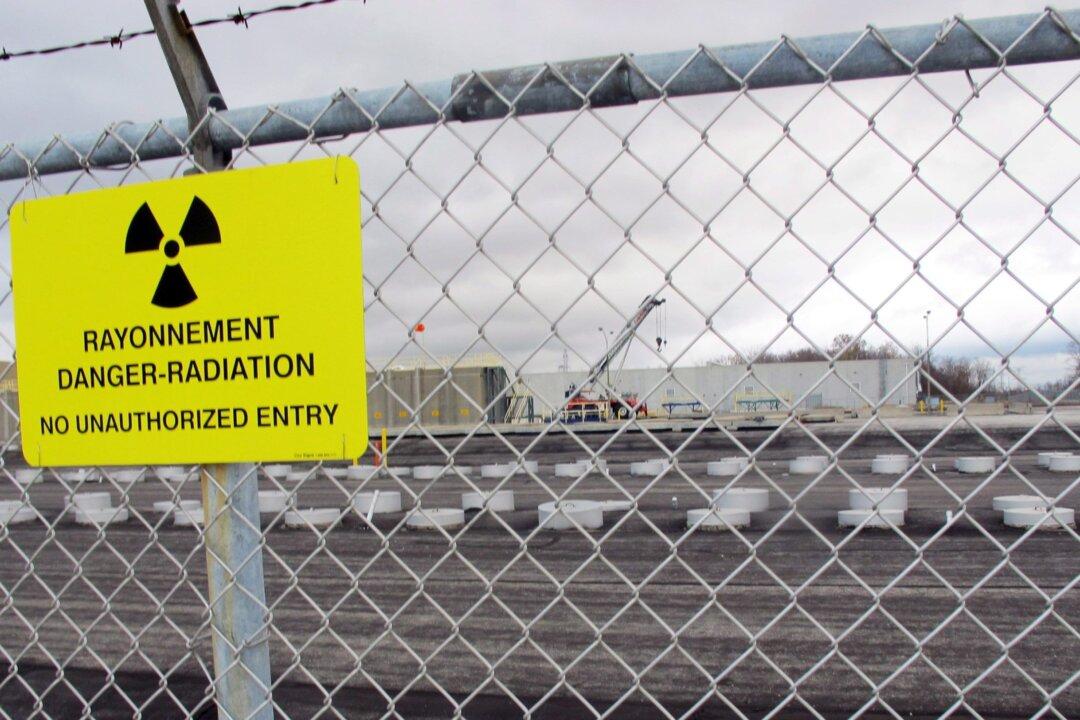Electricity generated from nuclear power may be efficient, but the byproduct of that process—used nuclear fuel—is a problem the Canadian government has yet to solve.
After more than five decades of nuclear power reactors in Ontario, Quebec, and New Brunswick producing this fuel, the country has more than 3.3 million used nuclear fuel bundles to deal with, but no permanent solution for long-term nuclear waste storage.





